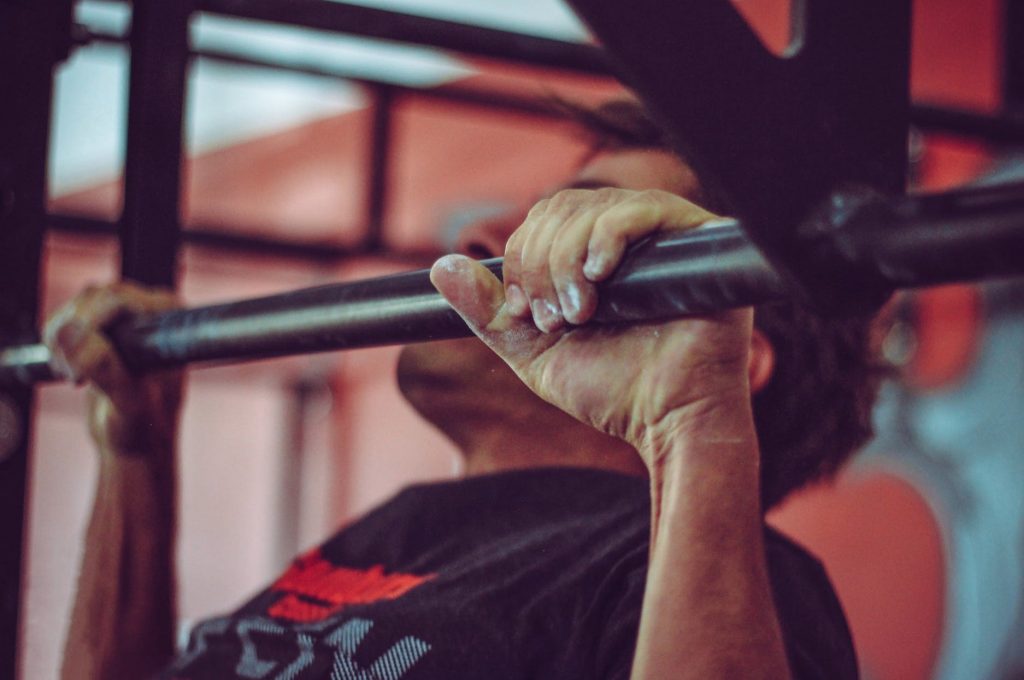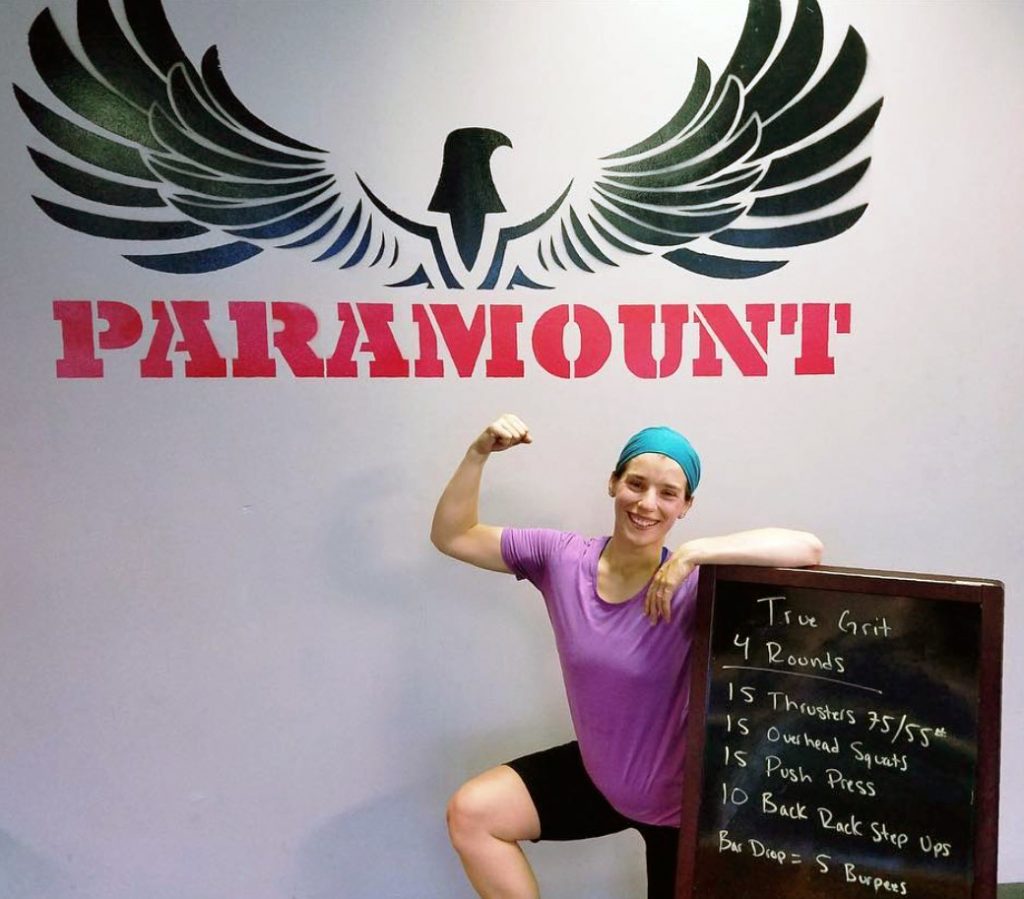by Coach Aarn Hyatt
Have you been doing CrossFit for a year or longer, yet the ability to do a pull-up still eludes you? I’m not talking about hanging from a pull-up bar while slung from a giant rubber band and having a violent seizure that somehow results in your chin almost touching the bar. I’m referring to the ability to perform an unassisted, strict, dead-hang pull-up that start with your arms fully extended and your chin clearly over the bar. If this sounds like someone you know, one of these three issues (or some combination) are probably the reason why you still haven’t developed the ability to perform a pull-up.

1. You Haven’t Focused On Developing Strength
Jumping pull-ups and banded kipping pull-ups are the most commonly used substitutions for anyone who doesn’t already have a pull-up. While these substitutions might be adequate in a conditioning workout to keep you moving and your heart rate elevated, I haven’t found these methods to be effective in developing the strength necessary to perform a proper pull-up. Keep in mind that a substitution or scaled movement is not the same as a progression. A proper exercise progression is designed to develop your ability, not act as a placeholder so that you can get a metcon-induced endorphin rush.
My recommendation is to focus on developing upper body pulling strength outside of your conditioning workouts. A combination of isometric holds, pull-up negatives, and accessory work to improve scapular stability will work wonders.
2. You’re Injured
If you are suffering from a torn rotator cuff, a shoulder impingement, AC separation, or any other type of upper extremity injury, the solution should be pretty obvious. Seek out the care of a licensed medical professional such as an orthopedic surgeon or physical therapist. Diagnosing and treating injuries are outside the scope of practice for personal trainers and fitness coaches so you’ll have to seek out a qualified practitioner to rehabilitate your injury.
Of course, prevention is the best medicine. Skipping past strength development and jumping right to learning kipping and butterfly pull-ups can be a highly effective method for injuring an upper extremity. The dynamic nature of kipping and butterfly pull-ups demands increased stability and strength throughout the shoulder in order to be performed safely. As mentioned earlier, work on developing competency in your strict pull-ups before worrying about learning kipping or butterfly variations.
3. Your Strength To Bodyweight Ratio Needs Improvement
Maybe you’re not injured and you’ve put in some time and effort to develop a strength base. You feel confident if cleans, presses, or squats are a part of your workout. Yet the pull-up, and most other body weight exercises like handstand push-ups, ring dips, and muscle-ups, are yet to be mastered. CrossFit has forged your pull-up potential. Unfortunately, you still weigh 250 pounds. You can’t out train a poor diet, and won’t reach your goals if you are trying. If you’re a male and your body fat percentage is north of 18%, consider looking at your nutritional approach. Ladies, the same advice applies to you if your body fat percentage is 25% or higher. Take a look at your nutrition and make sure your food intake aligns with your goals.
Make it a goal to achieve your first strict pull-up within a set time frame. Depending on what you need to overcome, three to six months (or less depending on how close you already are) should be plenty of time for you to perform your first rep. Figure out which of these reasons is preventing you from already having a strict pull-up and then develop an action plan to get there.




 There are two different mindsets that one can have, a growth mindset or a fixed mindset. In her book Mindset, Carol Dweck defines these two terms and talks about why it is so important to have a growth mindset. In life, many people have a fixed mindset, which means they believe that their talents and abilities are fixed and cannot be changed. These people believe certain people are born with good genes and that is the reason they are successful. These people believe they weren’t born to be fit, or smart, or skinny, or successful, or whatever the case may be. Dweck goes on to dispel this myth and show why people who achieve things in life got there by countless hours of work and dedication. The fixed mindset is a lie people tell themselves to feel better about not achieving what they would like to achieve. People with a growth mindset, however, believe they can achieve anything they would like to by putting in enough work. These are the people who succeed at the highest levels of any area. They know what their goals are, what it will take to achieve them, put systems in place that will help them get there, and then attack them relentlessly. They most likely have found out what successful people do and modeled their behavior after them. If you read any autobiography of a super successful person, or hear them talk, or meet them in person, you will quickly pick up on this. They would not be where they are without having a growth mindset.
There are two different mindsets that one can have, a growth mindset or a fixed mindset. In her book Mindset, Carol Dweck defines these two terms and talks about why it is so important to have a growth mindset. In life, many people have a fixed mindset, which means they believe that their talents and abilities are fixed and cannot be changed. These people believe certain people are born with good genes and that is the reason they are successful. These people believe they weren’t born to be fit, or smart, or skinny, or successful, or whatever the case may be. Dweck goes on to dispel this myth and show why people who achieve things in life got there by countless hours of work and dedication. The fixed mindset is a lie people tell themselves to feel better about not achieving what they would like to achieve. People with a growth mindset, however, believe they can achieve anything they would like to by putting in enough work. These are the people who succeed at the highest levels of any area. They know what their goals are, what it will take to achieve them, put systems in place that will help them get there, and then attack them relentlessly. They most likely have found out what successful people do and modeled their behavior after them. If you read any autobiography of a super successful person, or hear them talk, or meet them in person, you will quickly pick up on this. They would not be where they are without having a growth mindset.